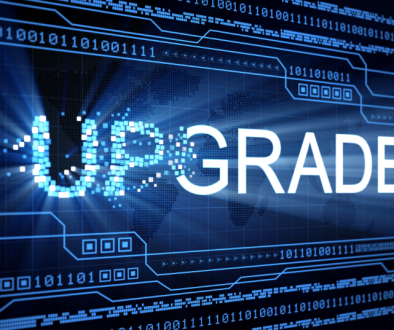The Imperative of Multi-Factor Authentication (MFA) in Cybersecurity
During this month of Cybersecurity Awareness, it’s paramount to focus on a fundamental component of our cybersecurity strategy: Multi-Factor Authentication (MFA). In this blog post, we’ll delve into what MFA is, its significance in the realm of cybersecurity, and why it should be a crucial aspect of your digital defense.
What is Multi-Factor Authentication (MFA)?
Multi-Factor Authentication (MFA) serves as an additional layer of protection in our security framework. It allows access only after successful verification of two or more distinct categories of authentication factors. These categories include:
- Something You Know: This typically involves a password or a Personal Identification Number (PIN).
- Something You Have: This encompasses physical items like a mobile device, smart card, or security token.
- Something You Are: This category involves biometric factors such as fingerprint recognition, retina scans, or facial recognition.
By necessitating multiple forms of authentication, MFA substantially bolsters the security of our systems and data. It makes it exponentially more challenging for unauthorized individuals to gain access, even if they somehow manage to obtain one of the authentication factors.
Why is MFA Crucial in Cybersecurity?
In today’s digital landscape, relying solely on passwords is no longer adequate protection against the ever-evolving landscape of cyberattacks. Hackers are becoming increasingly sophisticated, making it imperative for us to fortify our defenses.
Furthermore, several regulatory bodies and data protection regulations require the implementation of MFA as a safeguard against data breaches. Compliance with these regulations is not just a legal obligation but also a critical step toward reducing risk and enhancing protection for sensitive information.
Here are some compelling reasons why MFA is vital:
1. Enhanced Security
MFA adds an extra layer of security that significantly reduces the likelihood of unauthorized access. Even if someone manages to compromise one factor (e.g., your password), they would still need to overcome additional hurdles to gain entry.
2. Compliance
Meeting regulatory requirements is essential for avoiding legal consequences and maintaining trust with customers and stakeholders.
3. Reduced Risk
Implementing MFA is a proactive measure that mitigates the risk of data breaches, financial losses, and reputational damage.
4. Increased Protection
Your personal devices and programs also benefit from MFA. Enabling MFA on your own accounts and devices is a wise practice that enhances your overall digital security.
If you have questions about MFA or need assistance enabling it, don’t hesitate to reach out to our team. We are here to help you fortify your digital defenses and ensure the safety of your valuable data.
In conclusion, MFA is not merely a security feature; it’s a vital element of our cybersecurity strategy. It strengthens our defenses, aligns us with regulations, reduces risk, and enhances protection. As we navigate the ever-changing landscape of cybersecurity threats, remember that staying vigilant and secure begins with implementing MFA.
Stay vigilant, stay secure!




